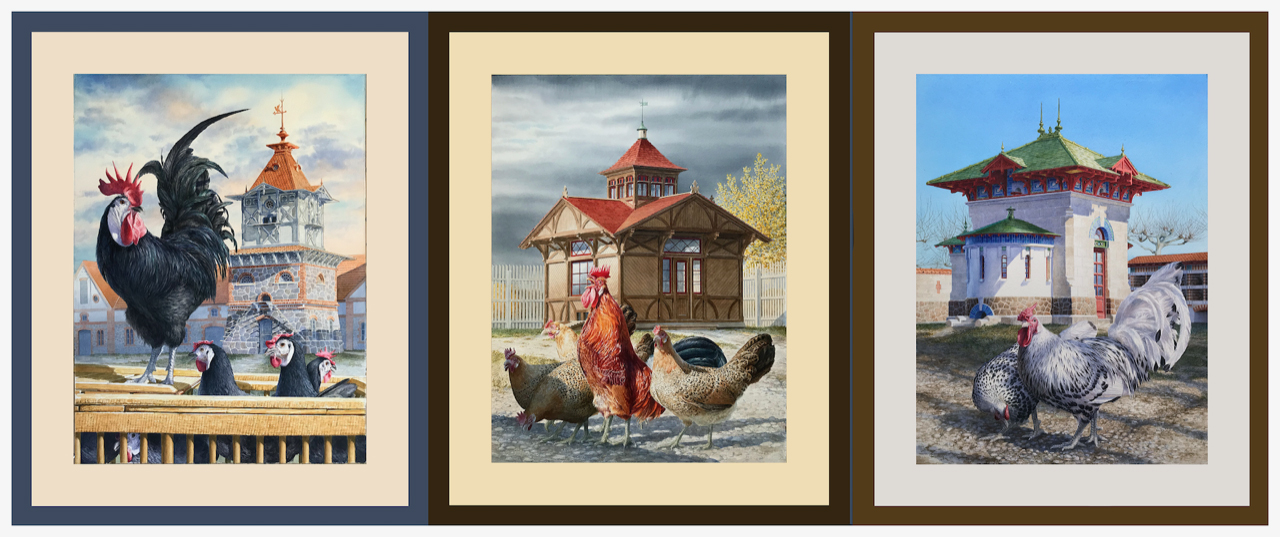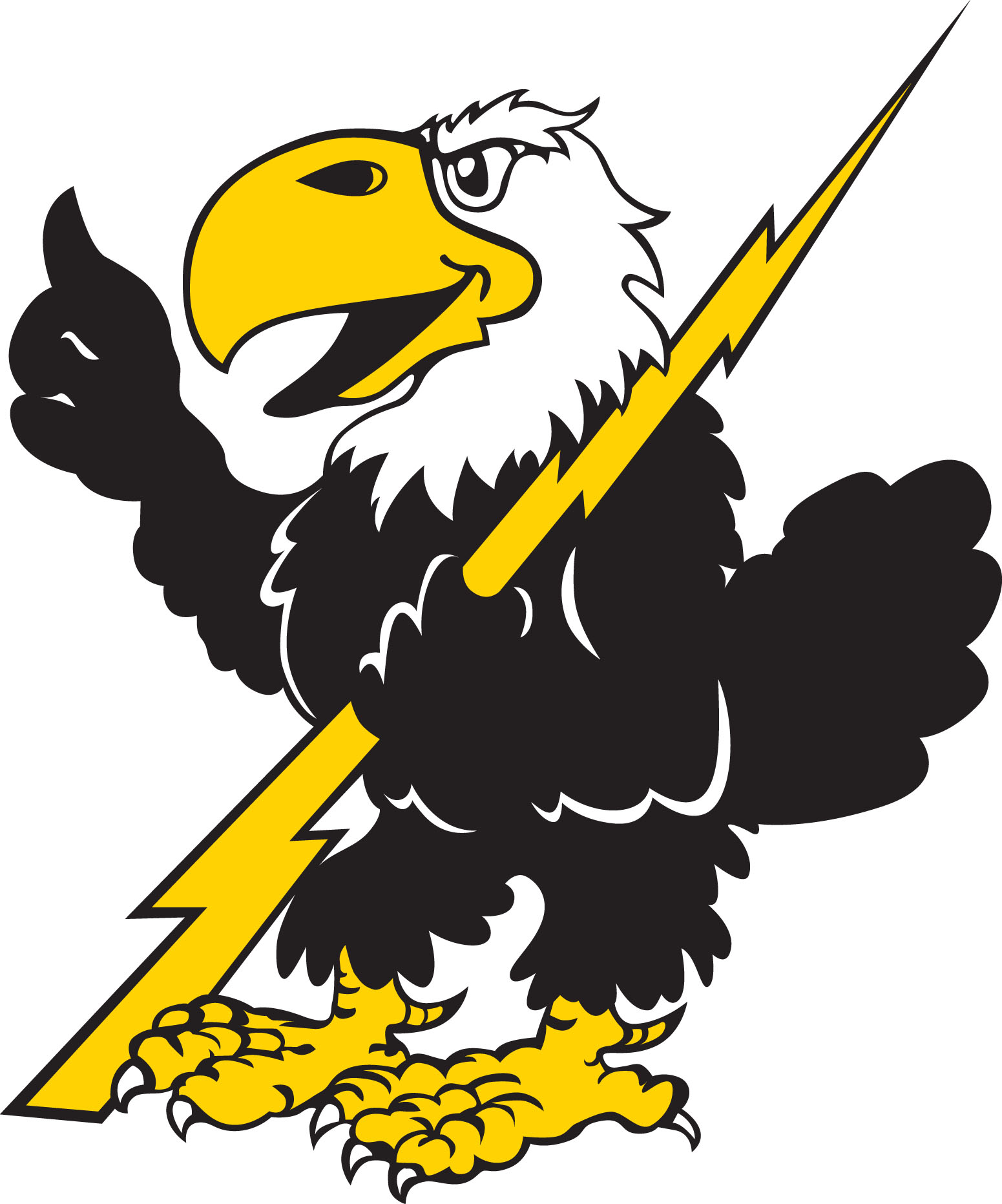
Artist and Illustrator Robert Braun will be the presenter for Cloud County Community College’s first Cook Series presentation for 2022-2023. On Thursday, October 20, at 11 a.m. in Cook Theatre on the Cloud County Community College Campus, Braun will present his program entitled “Magnificent Barns!” Then at 7 p.m., he will present “Illustration for the Stage, the Screen, Museums, and Beyond” at the Brown Grand Theatre in downtown Concordia. Both events are free and open to the public.
Braun started his career in Minnesota where he worked at the Minneapolis Children’s Theater and at the Twin Cities Scenic Co. where he painted the Napoleon Grand Drape for Concordia’s Brown Theater in 1978.
Since leaving Minneapolis, Braun has worked in New York City as a design assistant on Broadway shows and at the Metropolitan Opera, and as a production illustrator for such films as “The Manchurian Candidate” and “The Departed.” When not employed in the entertainment business, Braun designed and painted murals for museums, including the U. S. Cavalry Museum at Fort Riley, as well as murals and decorative painting for residences, hotels and retail businesses. He said he is happy to be visiting Concordia to revisit his work for the Brown Theater more than 40 years after completing it.
The morning presentation, “Magnificent Barns!” is an illustrated lecture that explores and explains the achievements in design, architecture and agriculture made by the utopian Shaker Communities in the 19th century.
Agriculture was one of the principle economic activities of the Shakers, and their striving for perfection and profit resulted in the construction of some of the most notable barns of the mid- 19th century. The iconic 1821 Round Stone Barn of Hancock, Massachusetts, Shaker village is probably the best known of all Shaker buildings today. In the 19th century during the Industrial and Agricultural Revolutions, many of the other large progressive Shaker barns were often also admired by visitors and lauded by journalists in the general and agricultural press.
Though today most of the Shaker barns are gone or exist only as ruins, enough information exists in photographs, written accounts, maps, drawings, and building foundations to recreate them in graphic form. Braun has used this available data to create a series of paintings, scale drawings, and digital models that record and illustrate how these barns looked and functioned when they were first built. Portraits of livestock and poultry breeds raised by the Shakers are typical of the era; being represented enliven the paintings and expand the subject matter. “Magnificent Barns!” is Braun’s illustrated lecture featuring more than 200 archival maps, photos, and drawings as well as drawings and paintings he created. This presentation is broad in scope and would be of interest to audiences interested in subjects including the Shakers, utopian communities, architecture, modern design, agriculture, American history, timber framing, and historic breeds of livestock.
For the evening presentation, “Illustration for the Stage, the Screen, Museums, and Beyond,” Braun will be sharing examples of his work in the graphic arts, including his work on the Brown Grand’s Napoleon curtain. This lavishly illustrated lecture explains the uses of the graphic arts for the stage, screen, and beyond. The second half of the lecture gives a preview of one of Braun’s current illustration projects titled “Poultry Mania,” and which explores the history of man’s favorite bird and the surprisingly extravagant and beautiful palaces that were built to house them in the 19th century. He uses these ornamental pavilions and their inhabitants as a way of looking at architecture, design, and our ways and attitudes in how we perceive and treat our dependent species.
This year marks the 30th year of the Charles and Marian Cook Series at Cloud County Community College. The Cooks were travelers who wanted to bring the world to those who could not travel themselves. More than 75 events have been presented through the sponsorship of the Cook Foundation and the Division of Humanities, Social Sciences and Business at Cloud. It was always Marian Cook’s wishes that all Cook Series events be free and open to the public.
For more information, contact Brenton Phillips, dean of Humanities, Social Sciences and Business at Cloud, at 785.243.1435, ext. 244, or by email at bphillips@cloud.edu.

 Cloud County
Cloud County


